PN Video Review: Splatoon
Under direction of a newly formed team at Nintendo, Splatoon is the kind of product we have been looking for from the Kyoto company for awhile. It’s a new IP dipping into new territories, and combining them with the kind of Nintendo feel we are all familiar with. While other Nintendo titles have online multiplayer aspects, Splatoon is Nintendo’s first title that is almost completely centered around online gameplay. This means if you don’t have a good connection, much of the game’s enjoyment will be lost.
The squid-skate-punk culture Nintendo has crafted for Splatoon drives home the laid-back tone for the game. The music, the arenas, the dialogue; everything wants to let you know that you should be smiling throughout the entire experience. It’s as though the game is constantly saying, “Who cares? Have fun.” Even the game’s announcers are pop/rock stars.
As soon as the ink hits the ground, you realize that so much of Splatoon’s mechanics depend on the terrain you stand on. Not only can you travel through your ink at tremendous speed, but this same ink hinders your foes and keeps them at bay. Proper ink placement will also allow you scale walls, and hide yourself from enemies, even when they are directly in front of you, allowing you to mount a surprise attack. Now, I know what you are wondering: Are the gyro controls worth it? Absolutely. Looking around with the control pad feels like a third analog stick, with very little movement required, so it won’t hinder the experience. If you feel disorientated, you can simply press “Y” to reset the camera. For those of you who absolutely refuse to use motion controls, there is an option to turn it off.
Almost everything about Splatoon has the multiplayer experience in mind, and that includes the single-player campaign. You’ve been recruited by Captain Cuddlefish to run, swim, and blast your way through the Octarian forces to recover the stolen Zapfish. Here, you’ll come across obstacles, such as sponges, fans, and flooders, which really adds makes the most of ink-centric gameplay of Splatoon. Unfortunately, you won’t see them anywhere else, and that feels like a huge missed opportunity to spice up the multiplayer. Not everything is run-and-gun; some levels will have you avoid missile-strikes, while others pit you against the humanoid-Octolings, which have the same abilities as yourself.
You’ve only got a splattershot for this mode, but the power eggs found throughout the levels can help unlock new subweapons, as well as upgrade the splattershot itself. These definitely make the campaign easier, but they are hardly required to beat the game. However, since these upgrades won’t matter in multiplayer, I never felt incentivized to get them. I did enjoy hunting down the Sunken Scrolls, just to see what Nintendo had come up with about the world of Splatoon.
There is a local multiplayer, the Battle Dojo, although there is not much too it. It is a simple one-on-one match, where you must pop as many balloons as possible. You can’t even customize anything beyond a preselection of eight load outs and the five stages. My friend and I spent only a minute popping balloons before we decided that shooting each other was far more enjoyable. Again, this points to Splatoon’s focus on online multiplayer, but I feel they would be better off not even including the Battle Dojo.
Online is where you’ll be spending most of your time, and until you reach level ten, the only matches you will be doing will be the four on four Turf Wars, where your goal is to cover as much of the arena in your team’s ink as possible. Fights only last three minutes, which is just enough time to cover the arena with ink, or make a last-minute comeback. Voice chat is nonexistent, which is no surprise with Nintendo. Strangers are one thing, but I would like to be able to talk with my friends online without reaching for third party software, especially in this game, where teamwork can be vital to victory.
Games won’t start until either eight players join a lobby, or the timer runs out. You have no way to back out of this lobby, save for shutting down your Wii U. This becomes frustrating when the timer resets because someone enters the lobby, leaves the lobby, or sometimes for no reason at all. Nintendo provides a mini-game called Squid Jump while you wait, but 25 levels of jumping can only get you so far. While you need eight players to open a match, you won’t need them to continue the fight. There are times where our team was suddenly one player short, and we were backed up into our own respawn point. However, I still preferred that experience over twiddling my thumbs in the lobby.
Multiplayer arenas are not large, and you’ll get to know the ins and outs quickly. There are only five stages, and a random choice of two stages are offered every four hours. The stages are fun, but it’s the different weapons and team shuffle are carrying a lot of the weight in keeping the gameplay fresh. I’m glad Nintendo will be offering more stages for free in the future.
It is indeed clothes that makes the squid, as each item contains abilities to give you an edge in battle. But you can’t just waltz in to these shops fresh off the street. Until you hit level four, the owners will kick you out simply for not being fresh enough (hey, their words, not mine). Stronger clothing with more abilities will appear as your level increases, offering an incentive to keep battling. The abilities add just enough to shift your play-style, but they are not enough to turn you into a one-squid army. You can place an order with Spyke if you come across threads that catch your eye, but that service isn’t cheap. I ponied-up 30,000 dollars just for three-star boots, triple the store price.
The first time you walk into multiplayer, you’ll only have a Splattershot Jr., but you’ll soon be able to work your way up to rollers, chargers, and blasters. Each of these weapons have a place on the battlefield, but the chargers’ effectiveness tends to fall flat, since you need to get uncomfortably close to the enemy to get a good shot. Later weapons have slight adjustments to their stats, such as increased range, or how much damage they deal, but the real game-changer comes from the sub and special weapons that are attached. Each of the sub-weapons, from mines to sticky-grenades, feel like they offer a specific advantage to anyone who uses them skillfully. The special attacks are powerful, but won’t activate often, and they are far from overpowering.
Once you hit Splatter Zone in Ranked Matches, consider all of your previous strategies out the window. Your goal is to control certain areas, not the whole map. Suddenly, my golden aerospray, which had decimated so many before, might as well been a cap-gun. The entire battle focuses so tightly on two spots, and you’ll only be facing off against experienced players here, so these matches become far more intense than the happy-go-lucky turf wars.
It’s refreshing to see Nintendo try something new, and encouraging to see it done well. The plethora of weapons and armor make sure players are always in for something new online, and the inclusion of ranked battles are something that will keep competitive players satisfied after the allure of turf wars have warn off. With a new IP and a new play-style, Nintendo’s investment in Splatoon is one that pays off in a major way. Combining shooting and platforming seamlessly will be refreshing for both Nintendo fans and fans of shooters. Unfortunately, the single-player and Battle Dojo aren’t enough to prop up Splatoon, and if your Wii U and internet connection aren’t on speaking terms, you may feel short-changed with this game.
Though the review copy is technically the full game, there are a few things I have yet to try myself, such as the amiibo, Splatfest, and Super Sea Shells. I’ll be sure to have those out as separate review to the main experience I’ve just shared with you.
PN Video Review: Splatoon
Excellent
A superb blending of shooting and platforming. The online multiplayer always felt fresh and exciting. Unfortunately, I cannot say the same for Single-Player, and if you don’t have a good connection, you may feel left out of the full experience.


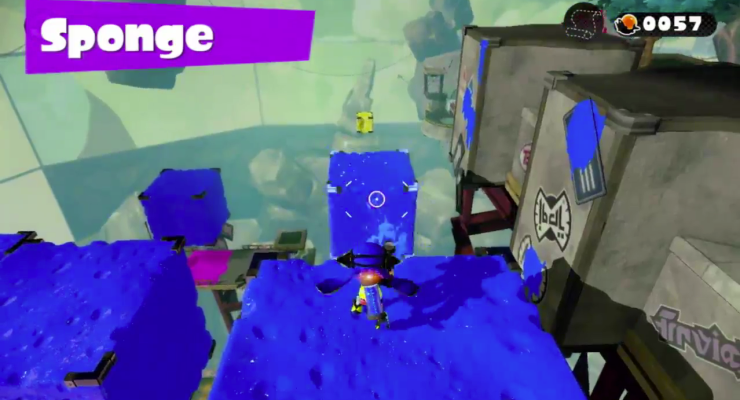

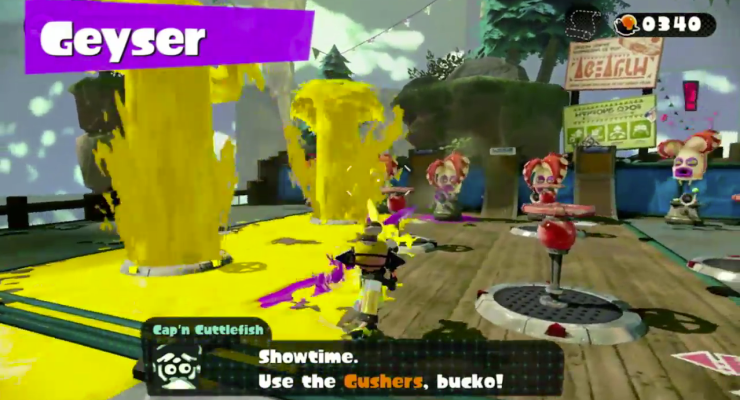


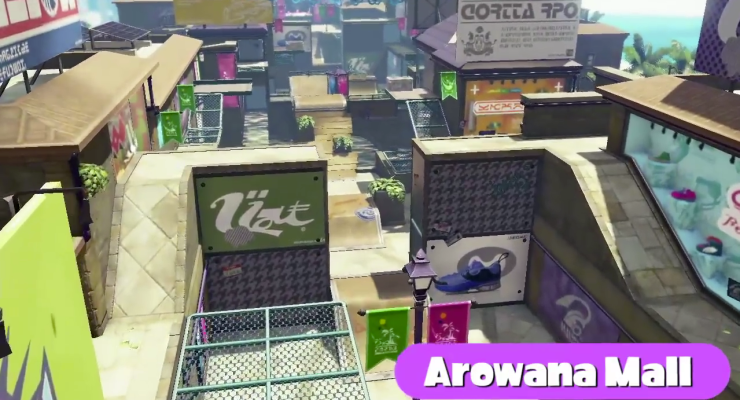

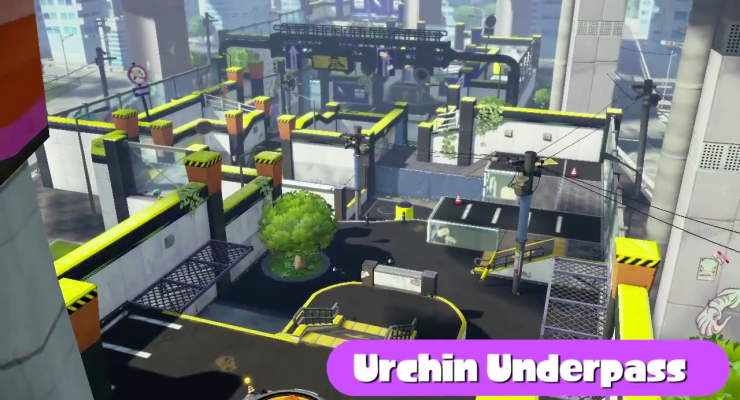

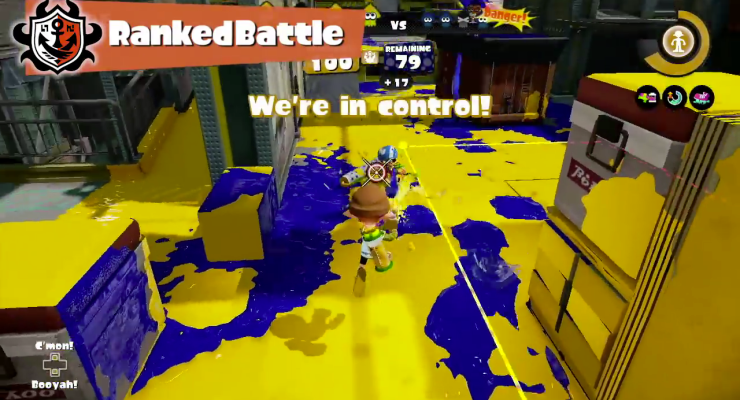

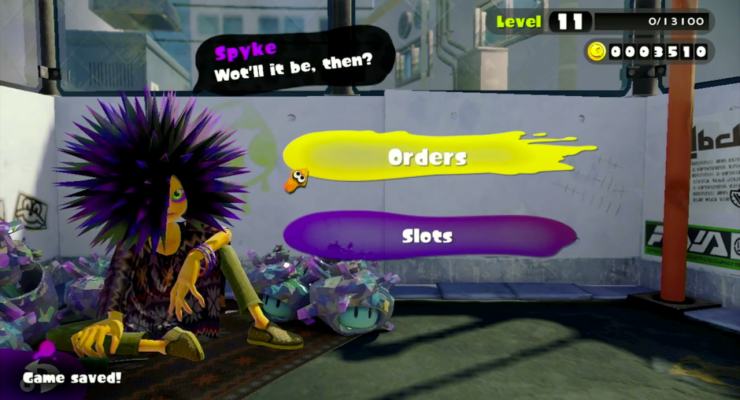
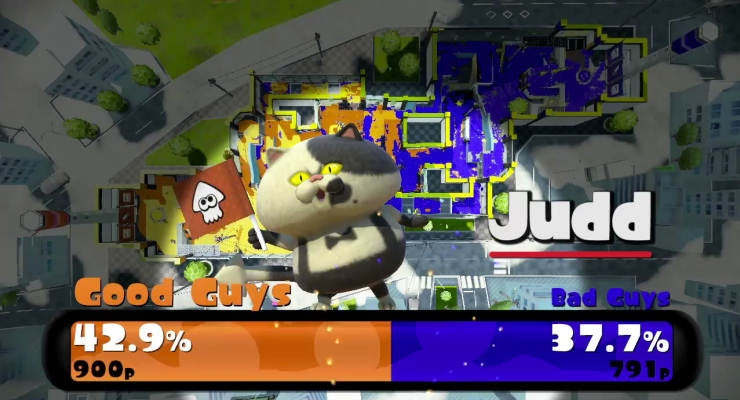
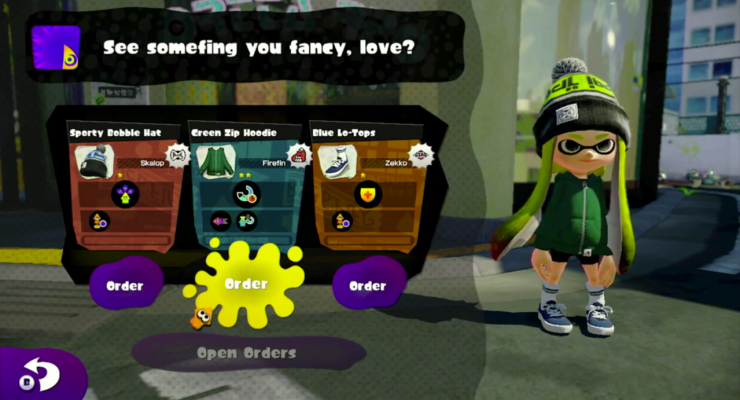


May 27, 2015
Thanks for the great review, I can not wait to play more of this game myself. I think I may have to work something out with my connection, but I have several choices. Thank for the heads up and great review.
May 29, 2015
[…] the review of Splatoon firmly behind us, we can now go a bit more in depth of what is in store for anyone looking to pick up […]